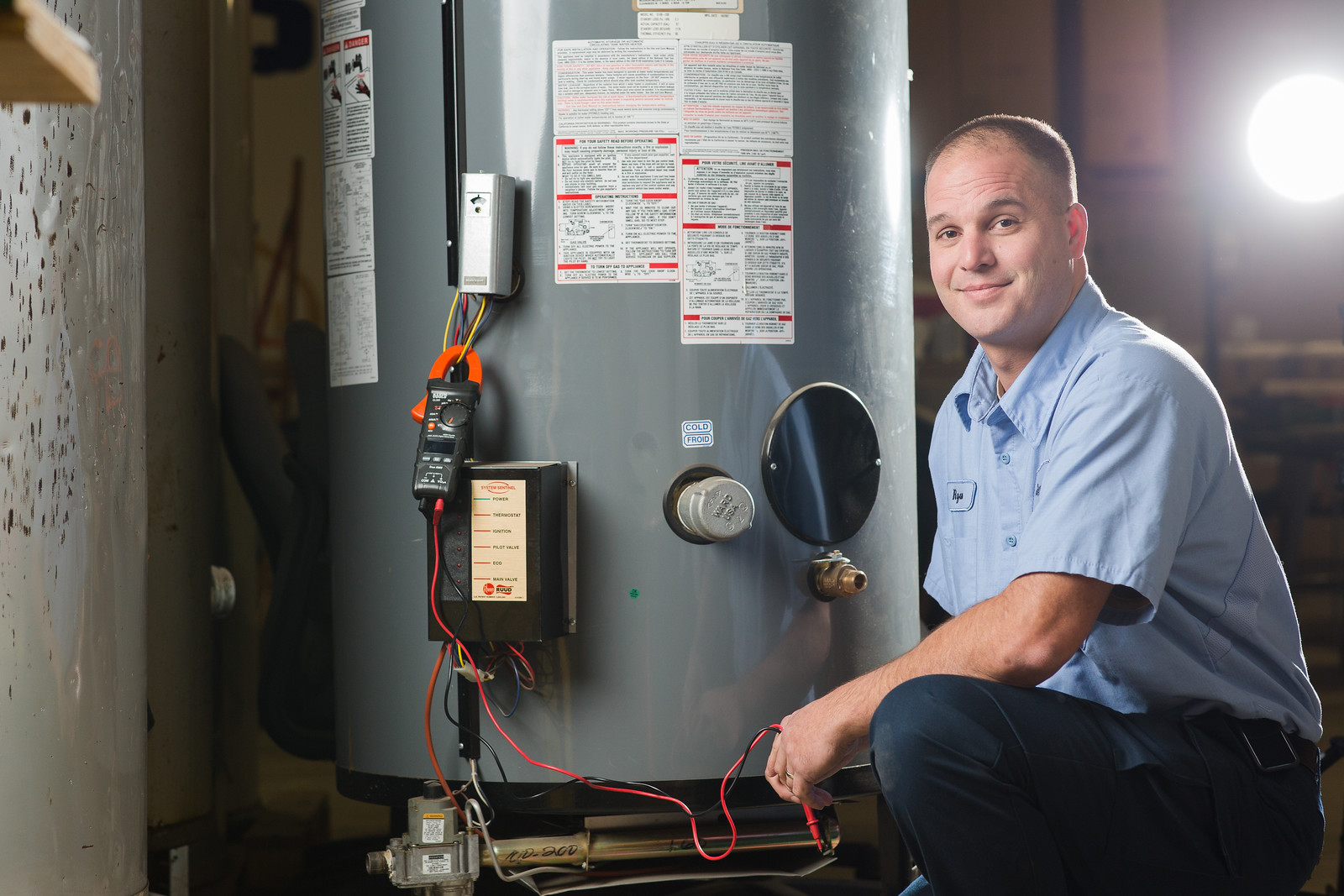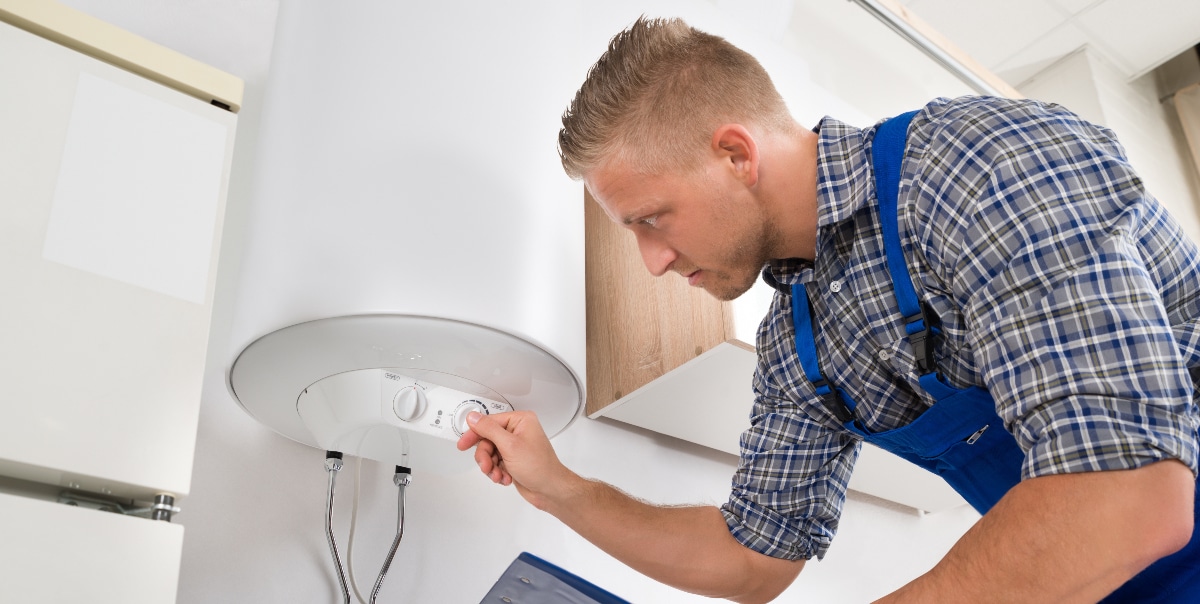Steps on How to Maintain Your Home's Hot Water System Effectively
Steps on How to Maintain Your Home's Hot Water System Effectively
Blog Article
Everybody will have their private rationale when it comes to Water Heater Maintenance Tips You Can't Afford to Forget.

Hot water is essential for day-to-day comfort, whether it's for a refreshing shower or cleaning meals. To ensure your warm water system runs effectively and lasts longer, regular upkeep is crucial. This short article provides sensible ideas and insights on just how to keep your home's hot water system to avoid disturbances and costly fixings.
Introduction
Maintaining your home's warm water system may appear complicated, but with a couple of simple actions, you can guarantee it operates smoothly for many years ahead. This guide covers every little thing from understanding your warm water system to DIY upkeep tips and recognizing when to contact professional help.
Importance of Keeping Your Hot Water System
Routine upkeep not just extends the life expectancy of your hot water system but additionally ensures it runs efficiently. Ignoring upkeep can result in lowered effectiveness, greater energy expenses, and also premature failure of the system.
Indicators Your Hot Water System Demands Maintenance
Understanding when your warm water system needs attention can avoid significant problems. Watch out for signs such as inconsistent water temperature level, strange noises from the heating system, or rusty water.
Comprehending Your Warm Water System
Prior to diving right into maintenance tasks, it's practical to understand the fundamental parts of your warm water system. Generally, this includes the hot water heater itself, pipelines, anode rods, and temperature controls.
Regular Monthly Upkeep Tasks
Normal month-to-month checks can aid catch minor problems prior to they rise.
Purging the Hot Water Heater
Flushing your water heater removes sediment accumulation, boosting performance and lengthening its life.
Checking and Replacing Anode Rods
Anode rods prevent rust inside the storage tank. Checking and changing them when broken is critical.
Evaluating and Adjusting Temperature Level Settings
Adjusting the temperature settings ensures optimal performance and safety.
Do It Yourself Tips for Maintenance
You can perform several maintenance jobs on your own to maintain your warm water system in leading problem.
Looking for Leaks
Frequently examine pipes and connections for leakages, as these can lead to water damage and greater costs.
Evaluating Pressure Alleviation Valves
Examining the stress safety valve ensures it works properly and avoids excessive pressure buildup.
Shielding Pipelines
Shielding warm water pipes decreases warm loss and can conserve energy.
When to Call an Expert
While DIY maintenance is valuable, some issues call for expert competence.
Facility Problems Requiring Specialist Assistance
Examples consist of significant leaks, electrical troubles, or if your water heater is consistently underperforming.
Routine Professional Maintenance Conveniences
Specialist upkeep can consist of extensive inspections, tune-ups, and making certain compliance with safety criteria.
Final thought
Regular upkeep of your home's hot water system is necessary for efficiency, durability, and price savings. By adhering to these suggestions and recognizing when to seek specialist help, you can ensure a trusted supply of hot water without unanticipated disruptions.
Water Heater Maintenance: The Basics
Maintaining your water heater will ensure it operates efficiently and has a longer lifespan. Neglecting regular maintenance can lead to costly repairs and an even bigger chunk of your savings if you have to replace it sooner than necessary. But there’s good news: Most water heater maintenance tasks are relatively simple and easy for homeowners with basic DIY skills.
Flush the Water Heater
Over time, sediment and minerals can build up in the tank, reducing its efficiency and potentially causing damage. To flush the tank, turn off the power or gas supply, attach a hose to the drain valve near the bottom and open the valve to drain the water until it runs clear. Ideally, flush the tank annually.
Replace the Anode Rod
The anode rod is a sacrificial metal rod that helps prevent corrosion inside the tank. Inspect and replace it every three to five years or per the manufacturer's recommendation. To replace the anode rod, turn off the power or gas supply, drain a few gallons of water from the tank, unscrew the old rod and replace it with a new one. If the anode rod is significantly corroded or covered in calcium buildup, it's a sign the water heater may need to be replaced soon.
Tune-Up
A yearly tune-up can help identify potential issues and ensure your water heater operates at peak efficiency. This typically involves checking the thermostat, burner assembly (for gas heaters) and any other components specified by the manufacturer. During a tune-up, the technician may also clean the burner and adjust the pilot light (for gas heaters) or examine the heating elements (for electric heaters).
How to Maintain Your Water Heater
Insulate the tank. Insulating the tank can improve energy efficiency and reduce heat loss, saving you money on energy bills. You can purchase precut insulation blankets designed specifically for water heaters or use standard fiberglass insulation wrapped securely around the tank. Check the temperature. The recommended water temperature for most households is around 120 degrees Fahrenheit (49 degrees Celsius). Higher temperatures can increase energy costs and potentially cause scalding. Use a kitchen thermometer to check the temperature at the faucet nearest the water heater. Monitor water pressure. Excessive water pressure can strain the water heater and cause leaks or even tank failure. Install a pressure-reducing valve if necessary. The ideal water pressure range is between 60 and 70 PSI (pounds per square inch). Test the temperature and pressure (T&P) relief valve. The T&P relief valve is a safety feature that releases pressure if the tank gets too hot or the pressure builds up too high. Test it annually by lifting the lever and allowing a small amount of water to release. Replace the valve if it doesn't release water or reseal properly. Check for leaks. Regularly inspect the tank, pipes and fittings for leaks or corrosion. Deal with issues promptly to prevent further damage. Even a small leak can lead to significant water damage over time. Consider a tankless water heater. If your traditional tank-style water heater is nearing the end of its lifespan ( typically 10 years), consider replacing it with a tankless water heater. These units heat water on demand, reducing standby energy losses and potentially saving you money on your energy bills. Schedule professional maintenance. While homeowners can perform many water heater maintenance tasks, it's still a good idea to schedule professional maintenance every few years. A plumber or HVAC technician can thoroughly inspect the unit, identify potential issues and ensure it operates safely and efficiently. https://www.homeserve.com/en-us/blog/home-improvement/hot-water-heater-maintanence/

Hopefully you enjoyed reading our article on How to Maintain Your Water Heater & Prolong its Life. Thank you for taking a few minutes to read our blog post. Do you know about somebody else who is looking into the subject? Be sure promote it. Thank you for being here. Come back soon.
Estimate Free Report this page